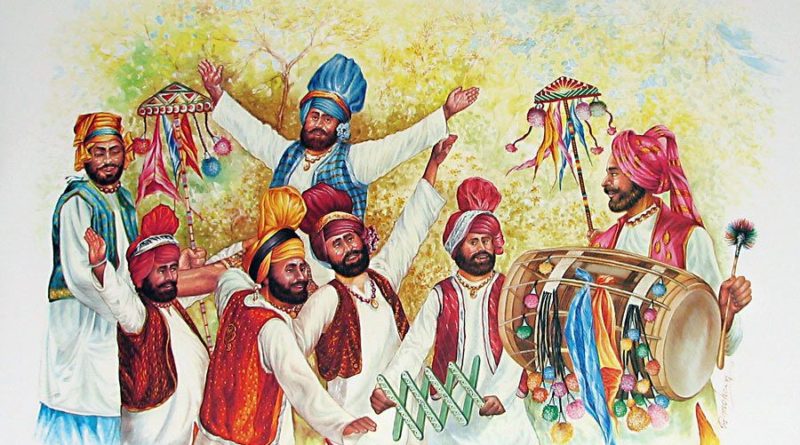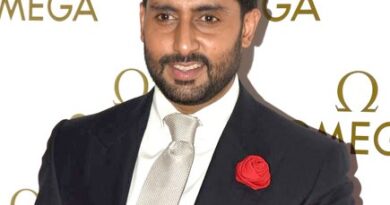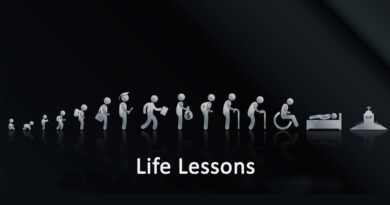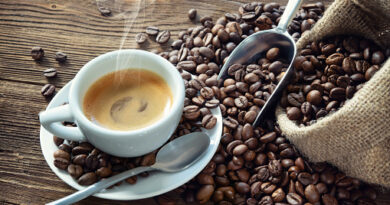Most Popular Indian Folk Dances
Dance forms of India are as diverse as its culture. Dance and music are the two things that makes us feel the most alive. Rhythm of the instruments and the movements of the hands and legs is what imparts significance and beauty to the dance forms. Here is a list of the most popular Indian folk dances that you must know about.
Pung Cholom Dance – Manipur
Pung Cholom means “The Roar of the Drums”. This Manipuri dance is known as the soul of Sankirtana music. The dancers beat a pung (a hand beaten form of drum) as they dance. Pung Cholom dance is a blend of grace and acrobatic effects. Firstly, the dance begins with a gentle rhythm. Secondly, the rhythm approaches a thunderous climax. Moreover, the acrobatic effects in the dance are derived from the Manipuri martial arts Thang Ta and Sarit Sarak.
Rouf Dance – Jammu and Kashmir
Previously, the Rouf Dance was performed mainly by muslim women in the paradisiacal valley of Kashmir. It is celebrated on the arrival of spring season. The women wear beautiful colourful costumes. The women form two rows facing each other. Basically, The Rouf dance is a coordinated footwork. It is also called “Chakri” in local language. The dance form is practiced on a mystical poetry. In the holy month of Ramzaan, the streets of the valley became pleasant. The soulful rouf songs blare out of the loudspeakers.

Lavani – Maharashtra
Lavani is a combination of traditional songs and dance. The dance is particularly performed to the beats of Dholki. Dholki is a percussion instrument. The word “Lavani” is derived from “Lavanya”, meaning beauty. The Lavani dance is popular for its powerful rythm. Because the rhythm is so energetic. As a result, Lavani Dancers invoke the audience to dance. Most importantly, attractive women wearing nine-yard saris typically perform the dance with the captivating rhythm of dholak.
Kathakali – Kerala
Kathakali is a “story play” genre of art. The dance is distinguished by the elaborate colorful make-up, costumes and face masks. The origin of the Kathakali Dance form of India is still unclear. But, it is one of the things to watch while visiting the coastal state of Kerela. Unline other Indian Dances that originated in temples, the Kathakali dance emerged in courts and theatres.

Chhau Dance – Odisha
The Chhau dance is traditionally an all males troupe dance. It is regionally celebrated particularly during spring every year. The dance is performed by wearing a mask. The art and knowledge of the dance, music and mask making is transmitted orally. The dance is rhythmic. It is set to traditional folk music. It is played on the reed pipes mohuri and shehnai. A variety of drums accompany the music. The music ensembles include the dhol (a cylindrical drum), dhumsa (a large kettle drum) and kharka or chad-chadi. The themes for these dances include local legends, folklore and episodes. The concepts of the dance are based on the Ramayana and Mahabharata and other abstract themes.
Also Read: Traditional Folk Dances of India
Raas Leela – Uttar Pradesh
“Rasa Lila” means the “sweet act” of Krishna. It is also often rendered as the Dance of Love. Because, The Raas Leela dance is a part of the traditional story of Krishna. Therefore, it is also known as Krishana Tandava. Also, the story is described in popular Hindu scriptures such as Bhagwata Purana. In conclusion, it is stated that whoever faithfully hears or describes the Rasa lila attains Krishna’s pure loving devotion.
Bhangra – Punjab
The dance of Bhangra is associated with the celebration of the harvest season of spring. The term “Bhangra” originates from the major products of the harvest, bhang (hemp). Several dancers execute vigorous kicks, leaps, and bends of the body. In addition, the steps are accompanied by short songs called boliyan. Most importantly, they dance to the beat of a dhol (double-headed drum). It is one of the most energetic dance forms. Consequently, the audience start tapping their feet and start dancing. Hence, Bhangra is one of the most popular dance forms of India.
Jhumar – Haryana
The dance form derives its name from an ornament called Jhumar. Most Significantly, married women wear jhumar to decorate their foreheads. Not only, the Jhummar is a dance of ecstasy. But also, it is a living testimony of the happiness of men. Jhumar is performed especially during Melas, weddings and other major functions and celebrations. The dance is performed on Haryanvi songs. The lyrics of the songs are centered around the purpose of the celebration.
Garba – Gujarat
The dance derives its name from the Sanskrit term Garbha (“womb”) and Deep (“a small earthenware lamp”). So, Garba is performed around centrally lit lamp or the statue of the goddess. Basically, the Garba dance is practiced on the occasion of Navratri. Men and women dress in colourful clothes. They dance in a circular pattern.
Also Read: 30 Best Coke Studio Songs to Comfort Your Soul
Bihu – Assam
Bihu is a set of three important Assamese festivals in the Indian state of Assam. Rongali or Bohag Bihu is observed in April. Kongali or Kati Bihu is observed in October. Bhogali or Magh Bihu is observed in January. It is one of the most beautiful dance forms of India. The Bihu dancers are usually young men and women. Above all, the dancing style is characterized by brisk steps, and rapid hand movements. Moreover, it is the biggest festival of the beautiful state of Assam.





